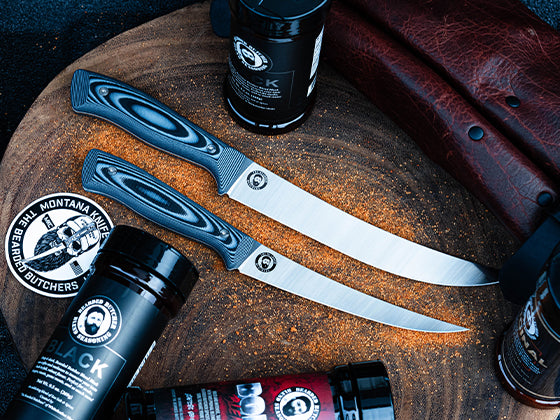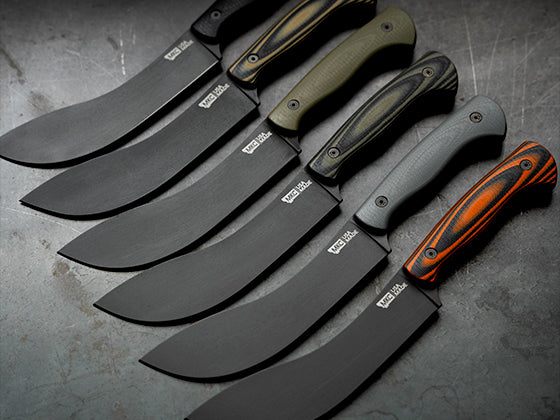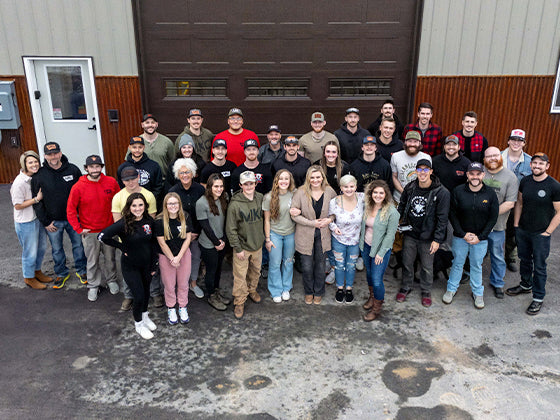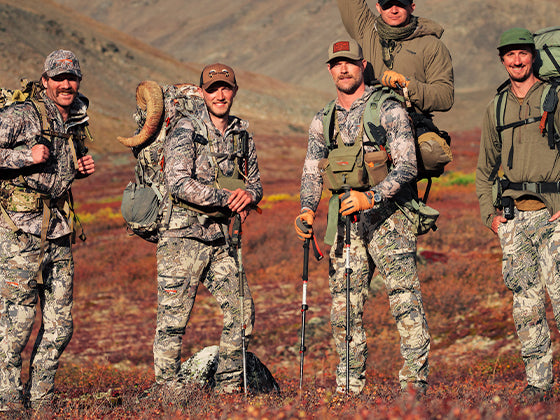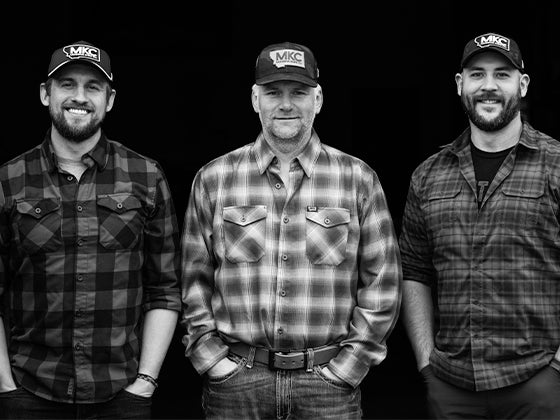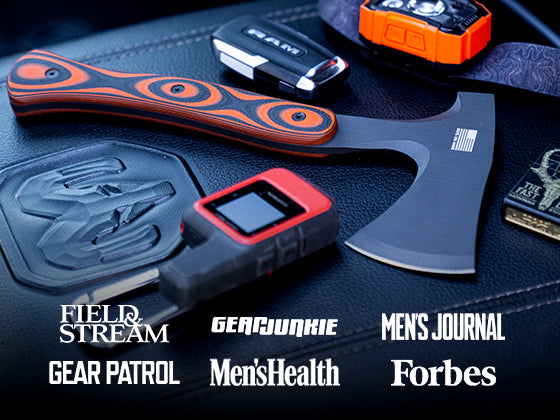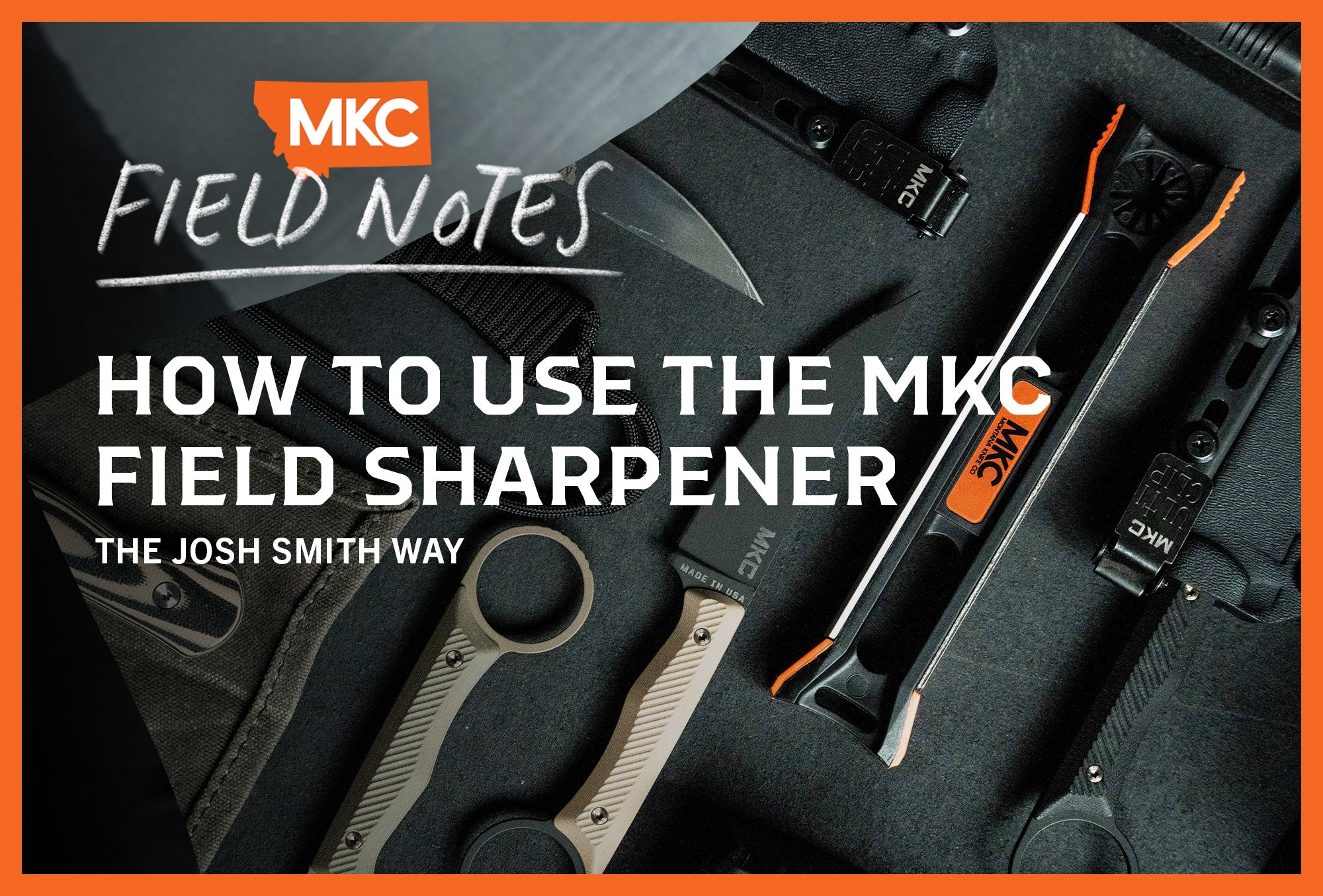A tree saddle gives you a high vantage point, just like a tree stand, but it’s a lightweight, mobile structure. You set it up and take it down every time you use it, so it’s perfect for those who hunt on public land.
If you like to pack ultralight or just want to shed a few pounds from your kit, tree saddle hunting may be an excellent option for you. Here’s how to start.
Gear You’ll Need to Start Tree Saddle Hunting
Tree saddle hunting can be as straightforward or as complicated as you want.
You can bring pull-up ropes, bow hangers, climbing sticks, and more. These goodies simplify the setup and takedown processes. But if you want to keep your pack light, forgo these extras and stick to the bare minimum: a saddle platform, a safety tether, and a harness.
Tree saddles are pretty narrow and bare-bones compared to tree stands. My tree saddle platform is only about a foot square. If you’re uncomfortable with such a small space, upgrading to a tree stand is a good idea.

Tree Saddle Hunting Setup and Packing Tips
About three-fourths of my hunts are mobile hang & hunts, where I set up and tear down my hanging equipment in one hunt.
I don’t set up my spot ahead of time. Preparing for tree saddle hunting is unlike preparing for tree stand hunting, which is done weeks or months ahead of time. It may sound like that introduces a ton of possibilities for errors, but like any process, the more you practice, the better you get.
Be quiet and quick so as not to scare your targets away. Whether I’m climbing up into my saddle to begin a hunt or climbing down after I’ve taken down my target, I only want to make one trip. Climbing up to set up my tree saddle and then climbing back down to grab more gear risks alerting the deer of my presence.
Remember those extra tools I mentioned? My kit always includes a pull-up rope and climbing sticks. I tie my gear to one end of the pull-up rope and the other to my harness, so I can make one trip up the tree.
Then, I place my climbing sticks. The amount I use depends on the length of the sticks themselves and how high I want to set up my tree saddle, but I typically set up about four sticks per hunt. For safety, I always use my lineman’s belt while ascending.
Once I reach my desired height — typically 10–20 feet up — I transition to the saddle platform. It’s lightweight and portable, and it goes in the pocket of my harness as I ascend.
If you’re interested in tree saddle hunting, invest in a comfortable and high-quality climbing rope. When you’re off the ground, your rope is quite literally your lifeline, no matter how high up you are. Make sure you find a reliable one.
You want a rope that’s comfortable in your hands and won’t tangle or cut into your palms. Too thin, and it might hurt to use; too thick, and it might be difficult to get a grip. I recommend visiting a store in person to test out how a few of them feel.
I also cut my climbing rope to 25 feet. That way, I can use it like measuring tape when I’m climbing into position. I know that when I hit the end of my rope, I’m right at about 25 feet. Height angle is crucial for shot angle adjustments, and the built-in measurement keeps me from climbing too high and sabotaging my hunt.
Setting Up for Comfort and Efficacy
Saddles are often less comfortable than tree stands. You can’t really sit down, and all that weight puts stress on your ankles, knees, and hips. Your most comfortable position depends on your saddle model, but usually, you’ll be on your feet.
As such, getting the right setup angle for your saddle is essential. Use the tree’s angle to your advantage.
If the tree pitches away from where I want to set up, that’s ideal — the saddle and gravity will work together to pull me toward the tree. If the tree I want leans the wrong way, sometimes I have to change my position or find a different tree.
Try not to set up your saddle at an angle where the tree leans toward you. It makes you feel like you’re working against gravity and just feels less safe.
If the tree leans away from you, you can flip around it and lean against it to take a little break. It makes a big difference for me when I’m in the saddle all day.
Breakdown and Getting Down
Breaking down your tree saddle is exactly like setting up your tree saddle, but in reverse.
I start by tying my pull-up rope to my bow, backpack, and any other gear I want to let down from my spot in the tree. Resist the urge to drop your gear. I send my gear down using the pull-up rope.
Next, I detach my saddle platform, attach it to my harness, and remove the climbing sticks one by one as I descend. Not only is this the safest way to get down, but it’s the best way to minimize noise, too.
Choosing the Optimal Tree
Tree saddle hunting allows you to access smaller trees than a typical stand allows. On whitetail hunting grounds, where ideal trees can be scarce, this is an enormous advantage. A saddle enables you to make do with unconventional hunting spots and get closer to the deer than a treestand would.
Selecting the right tree is crucial to a successful hunt, and my strategy is to get as close to the deer as possible. Quick, quiet, and efficient entry and exit is key.
I look for trees that are at least five or six inches in diameter and have a lot of suitable cover. Find a spot that gives you high visibility out of the tree but makes you invisible to the deer. If you need to cut a few branches away to give yourself a clear shot, that’s fine, but the less you have to clear, the better.
Common Challenges and Safety Considerations
I often hear hunters complain that tree saddle hunting is uncomfortable.
It’s true, especially after a long day. I don’t mind it because it puts me closer to the game, but if tree saddle hunting makes you feel unsafe, or if the discomfort just isn’t worth it to you, don’t feel pressured to hunt this way.
I’ve also noticed that a lot of bigger and taller hunters don’t like tree saddle hunting. They don’t feel safe, and they sometimes have a hard time scaling the tree.
I’m not too tall or too heavy, so I have that to my advantage. When picking your hunting method, play to your strengths.
I also see first-time tree saddle hunters make too much noise. You’ll be tempted to climb down to stretch your legs. Resist the urge. Staying under the radar is key to a successful hunt.
Finally, follow the instructions that come with your saddle and tether. No hunt is worth risking your life for. Follow any safety regulations closely, especially if you’re alone, and make sure your equipment is in good standing before heading out into the field.
Final Thoughts on Tree Saddle Hunting
As with any skill, practice makes perfect. Take baseball, for instance. If you don’t practice hitting balls in the batting cage during the off-season, you won’t hit well when spring comes around.
So, practice setting up your saddle in the off-season. I started with a tree in my yard. From there, I practiced spotting trees and choosing the right one. I got comfortable with the process over time instead of putting all the pressure on my first hunt.
And when tree saddle hunting, prioritize safety — even above your ability to make the perfect shot. Take it from someone who’s seen friends fall out of trees and injure themselves: if you don’t feel comfortable, go with your gut.

by Brad Bever, Graphic Art Designer at Montana Knife Company


























